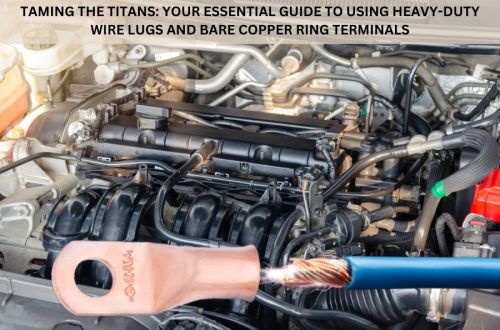Commercial kitchens require an efficient work environment to ensure a successful business. If the kitchen is not efficient, your food business might suffer due to delayed orders or poor compliance with health and safety regulations. Therefore, it is essential to maintain your kitchens.
When your commercial kitchen requires workflow optimization, here are some essential tips that you should keep in mind.
1. Ensure Proper Lighting
Proper lighting is a cornerstone of an efficient kitchen workflow. Adequate lighting ensures that all areas of the kitchen are visible, reducing the likelihood of accidents and mistakes. Task lighting, such as under-cabinet lights, should be installed over workstations, stoves, and preparation areas to provide focused illumination where it is needed most.
Ambient lighting can enhance the overall visibility and mood of the kitchen, while accent lighting can highlight specific areas or equipment. Moreover, natural lighting should be maximized where possible, as it can boost morale and reduce energy costs. Investing in energy-efficient LED retrofit kits for HID fixtures can also contribute to a more sustainable and cost-effective kitchen environment.
2. Optimize Workstations
Optimizing workstations involves designing the kitchen layout to facilitate a smooth flow of tasks and minimize unnecessary movements. Each workstation should be designated for specific tasks such as chopping, cooking, plating, and cleaning. The placement of equipment and ingredients should follow the logical sequence of food preparation.
For example, raw ingredients should be stored near the preparation area, while finished dishes should be placed close to the serving area. Utilizing ergonomic principles, such as adjustable work surfaces and strategically placed tools, can enhance comfort and efficiency. Additionally, investing in modular and mobile workstations can offer flexibility to reconfigure the kitchen layout as needed to accommodate changing demands.
3. Maintain Your Appliances
Regular maintenance of kitchen appliances is critical for ensuring their optimal performance and longevity. Well-maintained equipment reduces the risk of unexpected breakdowns, which can disrupt workflow and increase operational costs. Establish a routine maintenance schedule that includes cleaning, inspections, and servicing of all major appliances such as ovens, refrigerators, and dishwashers. For instance, hire professionals for a commercial walk in cooler repair to ensure the longevity of your appliances.
Pay attention to manufacturer recommendations for maintenance and servicing intervals. Investing in high-quality, durable appliances can also reduce the frequency of repairs and replacements. Additionally, keeping a record of maintenance activities can help identify recurring issues and improve overall appliance management.
4. Train Your Employees
Employee training is vital for optimizing kitchen workflow. Well-trained staff can perform their tasks more efficiently, adhere to safety protocols, and adapt to changes in the kitchen environment. Regular training sessions should cover food safety, equipment use, kitchen protocols, and emergency procedures.
Cross-training employees in multiple roles can enhance flexibility, allowing staff to step into different positions as needed. Encouraging open communication and teamwork can also improve workflow, as employees can coordinate tasks more effectively. Investing in continuous professional development and recognizing staff achievements can boost morale and motivation, leading to a more productive kitchen.





